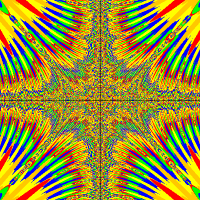I'm probably WAY out of my league here.. but I need to ask.
I am making a new scenario that uses a background picture created from tiles.
I need to be clear here: the background picture was created from tiles, then saved as a PNG. It is NO LONGER constructed of tiles.
What I want to know is, is there a way to tell the program to look at what is underneath my character to see what he is standing on?
For instance, if he is standing on a mountain, do this, a lake, do this, etc.
I realize that the safer method is to create the world out of the tiles themselves using the compiler, but I am curious to see if this is possible.
Thanks.



